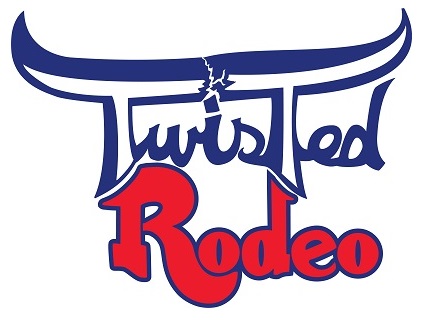In doing my daily research on rodeo, I came across a piece by Dorothy Marie Kucera on allvoices.com, a website that enables writers to blog about anything (special thanks to Kelli Wright at MichaelGaffney.com for finding it originally). In her post, Dorothy writes about Sunday’s NBC telecast of the final day of the PBR World Finals.
I applaud Dorothy watching and attempting to learn more about the sport, but her post is proof that we must get the word out about rodeo and bull riding to as many people as possible as soon as possible. “Those tight straps cinched around the poor animal’s chest and private parts are mean, in my opinion. If you have to create pain to make them jump so wildly, how does that further life on the ranch?”
To clarify: There are two pieces of equipment around the animals. One is the bull rope that is wrapped around the bull’s chest and allows the cowboy to hang on with one hand while keeping his free hand from touching the animal in accordance to the rules; the other is the flank strap, which, as the name describes, is wrapped around the animal’s flank.
The flank strap DOES NOT come in contact with the bull’s genitals. The bulls are not induced to buck by pain. No animal — especially a man — would be athletic in the least if a rope or string were wrapped around his “private parts.”
These animals are worth a lot of money to their owners, both as bucking athletes and as dads and grandads to generations of bucking athletes. No stock contractor would want to injure a bull, hurting that investment, and the last thing a livestock owner would do is potentially destroy the development of his herd by damaging the bull’s testicles.
My hope that the myths and untruths about the care of animals in rodeo and bull riding will be put to rest by folks with common sense. With education, we might get there. And while Dorothy’s post shed the light on the athleticism of these great bulls and bull riders in the PBR, many of her ignorant comments prove how far we have to go.
Common sense goes a long way; let’s home more bloggers use it.
